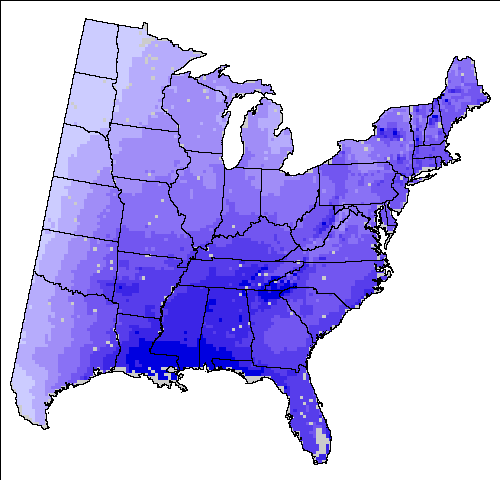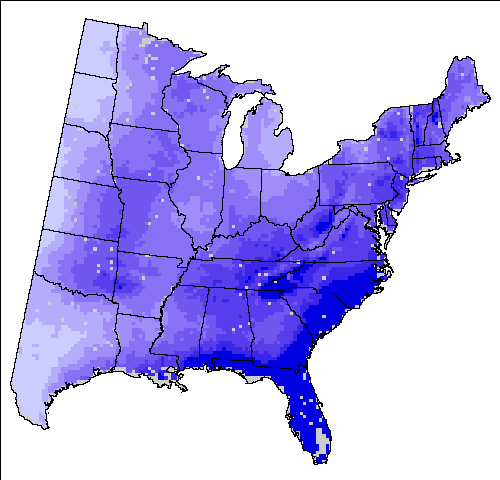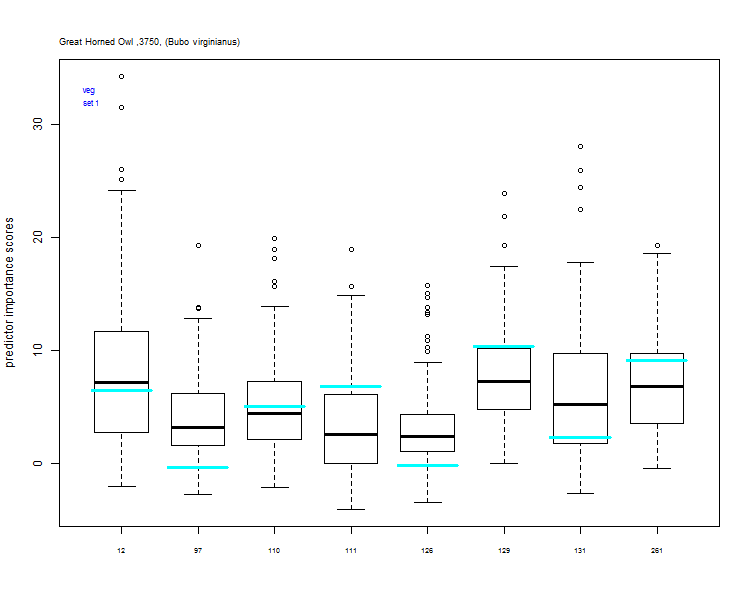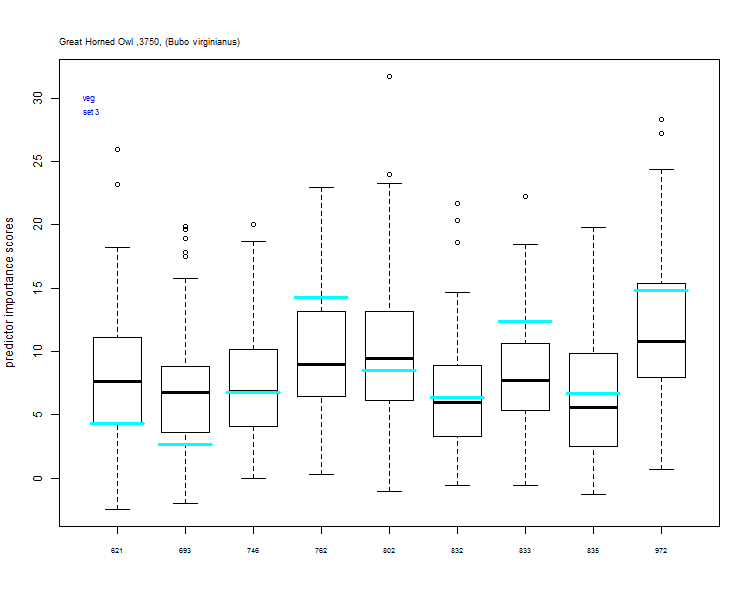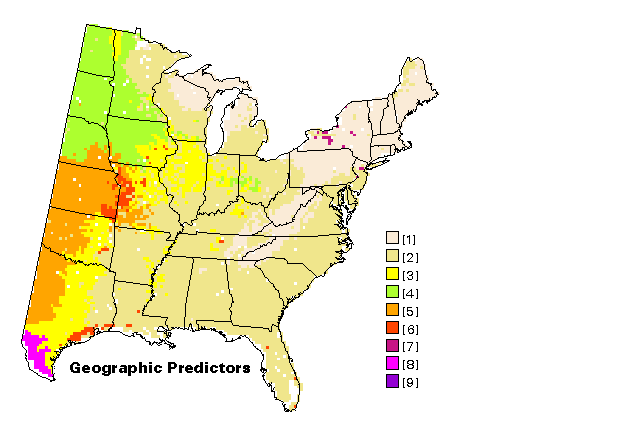Great Horned Owl (Bubo virginianus)Reliability of Model: Low 
Climate Change Scenario Maps  Help »
Help »
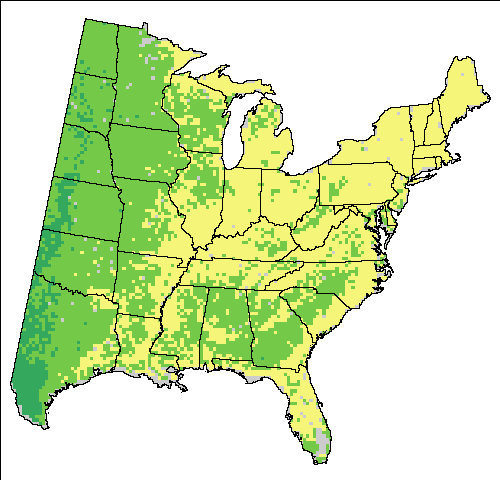
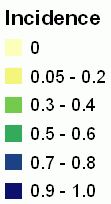
Potential Changes in Abundance and Range (Future) |
|||||||||
|---|---|---|---|---|---|---|---|---|---|
| GCM SCENARIO | % Area Occ | Ave IV | Sum IV | Future/Current IV | |||||
| Current Modelled | 88.6 | 0.188 | 1630.9 | ||||||
| Current Breeding Bird Survey | 7 | 0.241 | 164.1 | ||||||
| HadleyCM3 – A1FI (High, "Harsh") Climate Scenario | 99.2 | 0.221 | 2140.8 | 1.313 | |||||
| PCM – B1 (Low, "Mild") Climate Scenario | 93.7 | 0.204 | 1863.3 | 1.142 | |||||
| Avg. of 3 GCMs – A1FI (High) Climate Scenario | 98.1 | 0.218 | 2089.9 | 1.281 | |||||
| Avg. of 3 GCMs – B1 (Low) Climate Scenario | 95.5 | 0.204 | 1905.5 | 1.168 | |||||
Notice:
This is an version 2 of the Climate Change Bird Atlas. You can view the previous Great Horned Owl page or browse the previous Bird Atlas. Version 2 of the Bird Atlas is based on Version 3 of the Climate Change Tree Atlas.

Species Information
- Family:
- Strigidae
- Breeding Status:
- resident
- Primary Breeding Diet:
- small mammals
- Habitat:
- unclassified

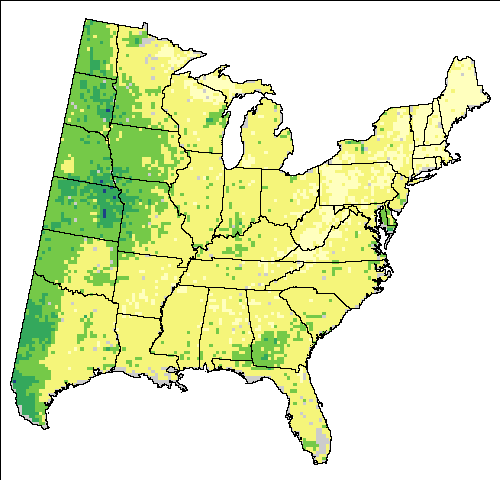
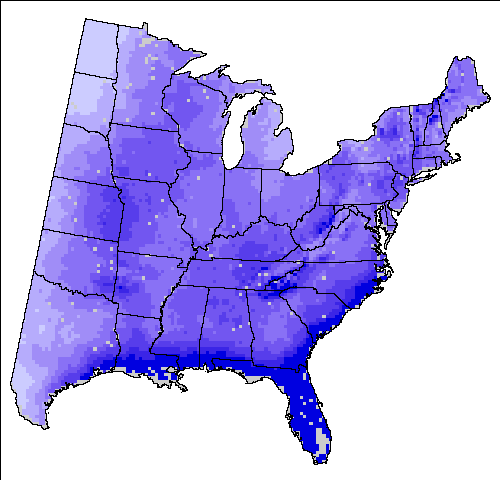

 Click and drag the orange handle over the maps to compare.
Click and drag the orange handle over the maps to compare.
